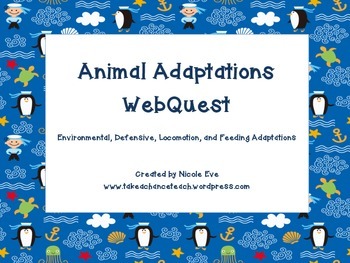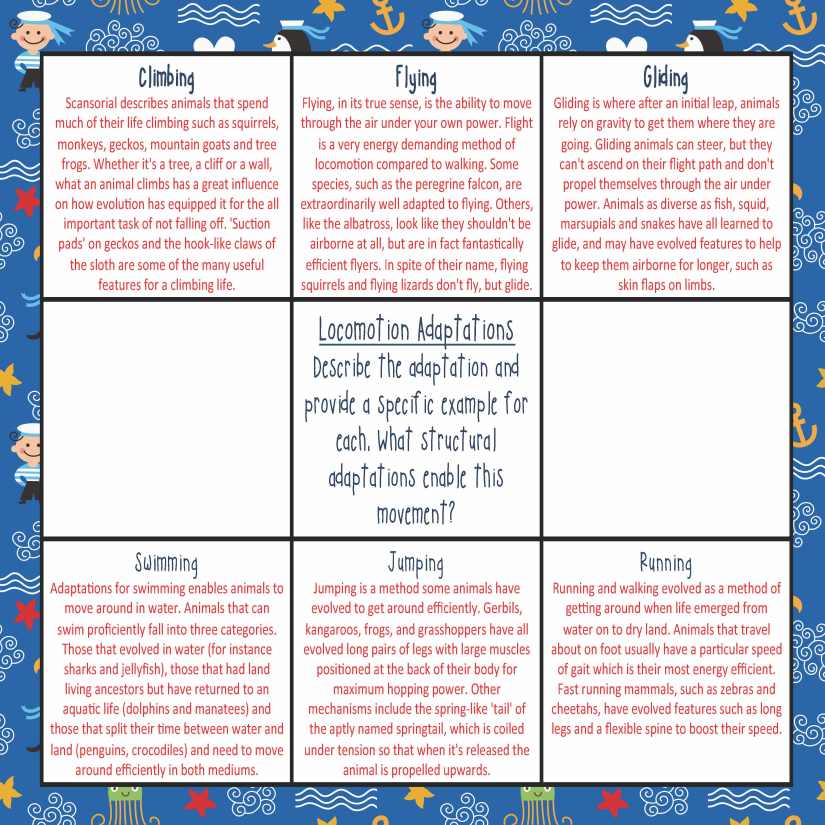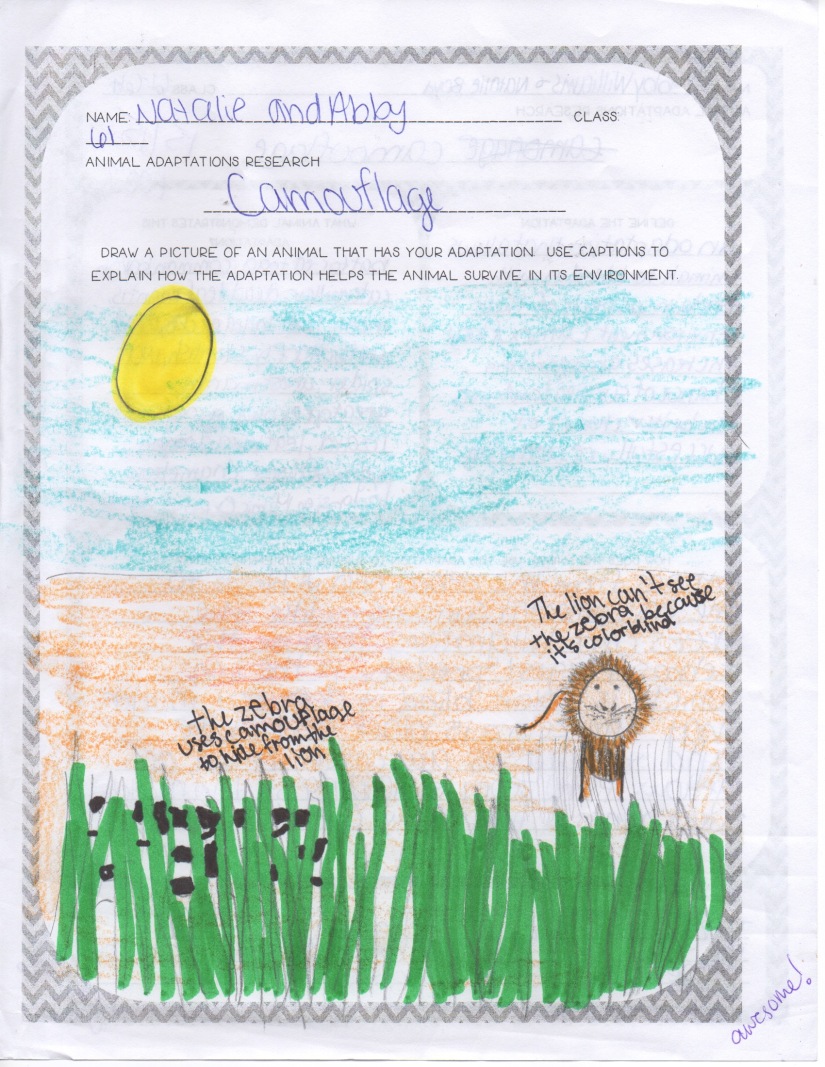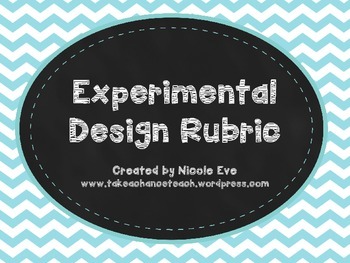Following up a unit on Ecology, my middle school students are currently working on a unit I designed to touch on the Next Generation Science Standards related to Growth, Development, and Reproduction, as well as Natural Selection and Adaptations. Students are trying to answer the question:
“How does the biological diversity on Earth reflect the wide range of environmental conditions that exist on our planet?”
This unit is sandwiched in my curriculum between a “big view” of ecology and a “teeny-tiny view” of cells. My goal is to move students from understanding…
1. how everything (living and nonliving) is interrelated
2. to how those living and nonliving things have impacted individual organisms (i.e. the environment has impacted living organisms as they have come to adapt to it)
3. to all of the stuff going on inside those individual organisms.
For that reason, I’ve focused not on the mechanisms of natural selection (genes, heredity, etc.), but simply on how an organism’s structural and behavioral adaptations enable survival (and therefore, eventually, reproduction). As we “zoom” in closer at the stuff going on inside organisms in the next unit, we will come back to that heredity – answering the question, “How do living organisms pass traits from one generation to the next?”
While many textbooks do this all backwards — they start Life Science looking at cells and then eventually move on to ecology — this structure makes sense for me and my classroom. For one, my sixth grade students work with two community organizations (Allegheny College’s Creek Connections and PA Sea Grant) to develop and carry out long-term, independently designed investigations that examine our local watershed. Students are much better prepared to begin work on this project after spending the beginning portion of the year learning about ecology and the interactions in a watershed. That background knowledge is crucial to developing research projects with depth and relevancy.
The second reason I like to start with ecology is (and yes, this is my personal opinion buuuuut) I think the broad view of ecology is of more interest to students, and it is certainly easier for them to find the connections between the content in their science books (or articles, internet, labs, etc.) and the real world. Despite the fact that I am now a science teacher (and I love it and I never want to do anything else), I was never “into” science during my K through 12 years. I mean, I probably liked “moments” here and there in my science education, but I never thought of myself as a “science” person. It wasn’t until I took Intro to Environmental Science that I realized how fascinating the subject is — and I think it’s because through that class, I learned how connected everything is, and how IMPORTANT science is to our world, and — whether you’re in a science field or not — science is literally everything! Why is it raining? Oh, science. Why do people get sick? Oh, science. Why shouldn’t I put fertilizer on my garden? Oh, science. Why are raspberries so freakin expensive? Oh, science. (Obviously, there are many fields of relevance when seeking an answer to these questions, but science is without a doubt one of them!!)
So working from my own experience, my goal is to “catch” them early in the year with the big cool concepts and ideas – the trips to the creek, the water-quality tests, frogs and lizards and fish tank science… and then once I have lured them in,
SNAP.
Let’s talk about cells.
Anyhoo, I apologize for that rabbit trail!! Back to business: Adaptations.
After spending a day or two talking about the different environmental conditions we can find on earth (via a lesson on biomes), we start to focus on how animals (and coming soon, plants) have adapted to survive in these environments. We focus on structural adaptations first. We do some hands on activities like “Bird Beak Buffet” (working on that write-up — I’ll post when complete), watch Bill Nye’s Locomotion, do a little book-work from our Life Science Daybook, so on and so forth… Then, we start talking about behavioral adaptations. Once my students are familiar with the two definitions, I set them free to investigate various adaptations via an Animal Adaptations Web Quest.

I have divided adaptations into four categories – environmental, defensive, locomotion, and feeding. Because we discussed locomotion and feeding prior to completing our web quest, I only have my students do the Environmental Adaptations and Defensive Adaptations pages. That said, I still included in the document the Locomotion and Feeding pages to give all you readers more options.
Basically, students use our school’s iPads to define each adaptation and identify an animal that uses that adaptation to survive. They also are asked to identify whether the adaptation is structural or behavioral (for the environmental and defensive adaptations). For the locomotion and feeding adaptations, students have to explain what structural adaptations enable that type of movement or diet. I direct my student’s to BBC’s Nature page on wildlife adaptations because it has great summaries and examples for each, but you could probably do this activity with a good book about adaptations – or a collection of books about various animals. You could even use these pages simply as graphic organizers and present the notes yourself. I do include an “answer key” with information about each adaptation in the PDF file.
Overall, the activity is designed to touch on the following NGSS standards:
· an organism’s growth is affected by environmental factors (LS1.B)
· animals engage in behaviors, like being part of a group, that increase the odds of survival and reproduction (LS1.B & LS1.D)
· animals use their perceptions and memories to guide their actions (LS1.D)
I follow up this activity with an individual research assignment where students take a closer look at one specific adaptation. Then, they share their research with the class via a SHORT presentation.
This drawing is probably my favorite:
So now that we have wrapped up our study of animal adaptations, we are moving on to plants! Stay tuned…










